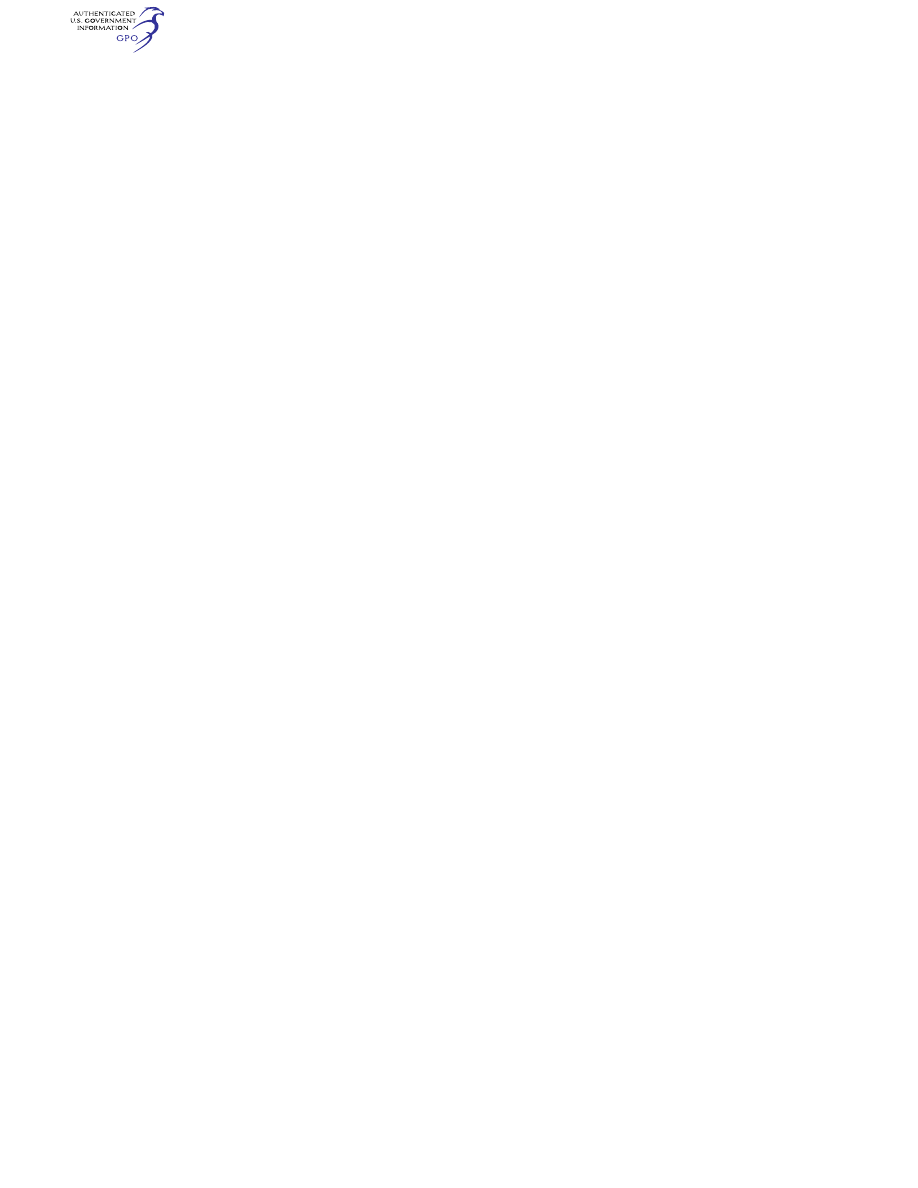
904
14 CFR Ch. I (1–1–24 Edition)
§ 107.21
(b) The remote pilot in command is
directly responsible for and is the final
authority as to the operation of the
small unmanned aircraft system.
(c) The remote pilot in command
must ensure that the small unmanned
aircraft will pose no undue hazard to
other people, other aircraft, or other
property in the event of a loss of con-
trol of the small unmanned aircraft for
any reason.
(d) The remote pilot in command
must ensure that the small UAS oper-
ation complies with all applicable reg-
ulations of this chapter.
(e) The remote pilot in command
must have the ability to direct the
small unmanned aircraft to ensure
compliance with the applicable provi-
sions of this chapter.
[Docket FAA–2015–0150, Amdt. 107–1, 81 FR
42209, June 28, 2016, as amended by Amdt. No.
107–8, 86 FR 4382, Jan. 15, 2021]
§ 107.21
In-flight emergency.
(a) In an in-flight emergency requir-
ing immediate action, the remote pilot
in command may deviate from any rule
of this part to the extent necessary to
meet that emergency.
(b) Each remote pilot in command
who deviates from a rule under para-
graph (a) of this section must, upon re-
quest of the Administrator, send a
written report of that deviation to the
Administrator.
§ 107.23
Hazardous operation.
No person may:
(a) Operate a small unmanned air-
craft system in a careless or reckless
manner so as to endanger the life or
property of another; or
(b) Allow an object to be dropped
from a small unmanned aircraft in a
manner that creates an undue hazard
to persons or property.
§ 107.25
Operation from a moving vehi-
cle or aircraft.
No person may operate a small un-
manned aircraft system—
(a) From a moving aircraft; or
(b) From a moving land or water-
borne vehicle unless the small un-
manned aircraft is flown over a sparse-
ly populated area and is not trans-
porting another person’s property for
compensation or hire.
§ 107.27
Alcohol or drugs.
A person manipulating the flight
controls of a small unmanned aircraft
system or acting as a remote pilot in
command or visual observer must com-
ply with the provisions of §§ 91.17 and
91.19 of this chapter.
§ 107.29
Operation at night.
(a) Except as provided in paragraph
(d) of this section, no person may oper-
ate a small unmanned aircraft system
at night unless—
(1) The remote pilot in command of
the small unmanned aircraft has com-
pleted an initial knowledge test or
training, as applicable, under § 107.65
after April 6, 2021; and
(2) The small unmanned aircraft has
lighted anti-collision lighting visible
for at least 3 statute miles that has a
flash rate sufficient to avoid a colli-
sion. The remote pilot in command
may reduce the intensity of, but may
not extinguish, the anti-collision light-
ing if he or she determines that, be-
cause of operating conditions, it would
be in the interest of safety to do so.
(b) No person may operate a small
unmanned aircraft system during peri-
ods of civil twilight unless the small
unmanned aircraft has lighted anti-col-
lision lighting visible for at least 3
statute miles that has a flash rate suf-
ficient to avoid a collision. The remote
pilot in command may reduce the in-
tensity of, but may not extinguish, the
anti-collision lighting if he or she de-
termines that, because of operating
conditions, it would be in the interest
of safety to do so.
(c) For purposes of paragraph (b) of
this section, civil twilight refers to the
following:
(1) Except for Alaska, a period of
time that begins 30 minutes before offi-
cial sunrise and ends at official sunrise;
(2) Except for Alaska, a period of
time that begins at official sunset and
ends 30 minutes after official sunset;
and
(3) In Alaska, the period of civil twi-
light as defined in the Air Almanac.
(d) After May 17, 2021, no person may
operate a small unmanned aircraft sys-
tem at night in accordance with a cer-
tificate of waiver issued prior to April
21, 2021 under § 107.200. The certificates
of waiver issued prior to March 16, 2021
VerDate Sep<11>2014
14:00 Mar 14, 2024
Jkt 262047
PO 00000
Frm 00914
Fmt 8010
Sfmt 8010
Q:\14\14V2.TXT
PC31
aworley on LAPBH6H6L3 with DISTILLER
